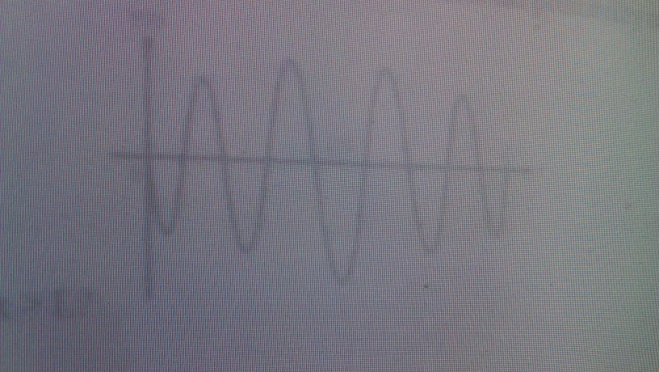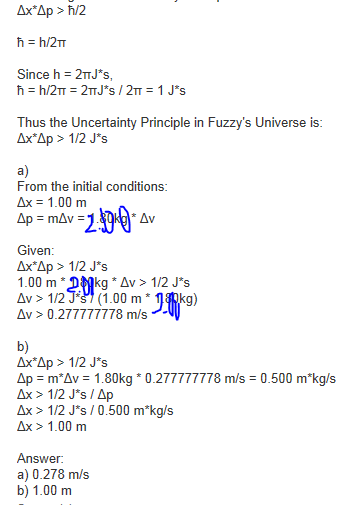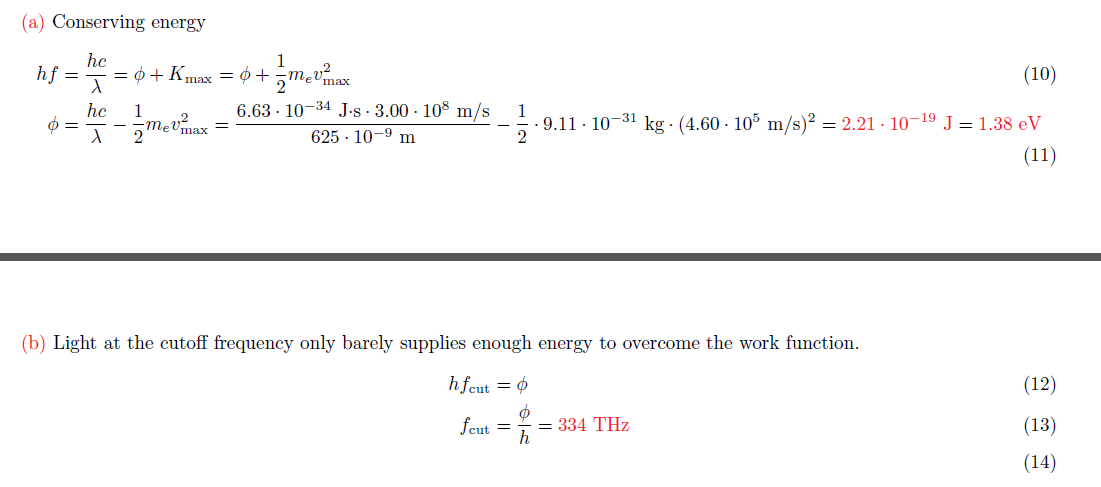
Card 21
Interference in thin films. Condition for constructive and destructive interference. Draw light paths through a thin film. Example in nature.
Interference effects are commonly observed in thin films, such as thin layers of oil on
water or the thin surface of a soap bubble. The varied colors observed when white light
is incident on such films result from the interference of waves reflected from the two
surfaces of the film.
Consider a film of uniform thickness t and index of refraction n, as shown in Figure
37.17. Let us assume that the light rays traveling in air are nearly normal to the two
surfaces of the film. To determine whether the reflected rays interfere constructively or
destructively, we first note the following facts:
A wave traveling from a medium of index of refraction n1 toward a medium of
index of refraction n2 undergoes a 180° phase change upon reflection when
n2' >n1 and undergoes no phase change if n2 2 <n1.
• The wavelength of light &n in a medium whose index of refraction is n (see Section
35.5)
is
![]() where
Lyambda
is
the wavelength of the light in free space.
where
Lyambda
is
the wavelength of the light in free space.
Koroche 1190page surwey
Below figure shows a solution of the Schrodinger equation. What is the value of the quantum number n? Explain how you know. What is the probability of finding the particle at x<0; What the probability of finding the particle at x>L

Nzn daje

Card 22
How did you define the Stefan-Bolzman constant in lab 4.
Snell’s law;a)refraction;b)index of refraction;c)reflection,types of reflection.
Snell's law (also known as the Snell–Descartes law and the law of refraction) is a formula used to describe the relationship between the angles of incidence and refraction, when referring to light or other waves passing through a boundary between two different isotropic media, such as water and glass.
In optics, the law is used in ray tracing to compute the angles of incidence or refraction, and in experimental optics and gemology to find the refractive index of a material. The law is also satisfied in metamaterials, which allow light to be bent "backward" at a negative angle of refraction (negative refractive index).
Refraction
When we talk about the speed of light, we're usually talking about the speed of light in a vacuum, which is 3.00 x 108 m/s. When light travels through something else, such as glass, diamond, or plastic, it travels at a different speed. The speed of light in a given material is related to a quantity called the index of refraction, n, which is defined as the ratio of the speed of light in vacuum to the speed of light in the medium:
index of refraction : n = c / v
When light travels from one medium to another, the speed changes, as does the wavelength. The index of refraction can also be stated in terms of wavelength:
![]()
Although the speed changes and wavelength changes, the frequency of the light will be constant. The frequency, wavelength, and speed are related by:
![]()
The change in speed that occurs when light passes from one medium to another is responsible for the bending of light, or refraction, that takes place at an interface. If light is travelling from medium 1 into medium 2, and angles are measured from the normal to the interface, the angle of transmission of the light into the second medium is related to the angle of incidence by Snell's law :

When light crosses an interface into a medium with a higher index of refraction, the light bends towards the normal. Conversely, light traveling across an interface from higher n to lower n will bend away from the normal. This has an interesting implication: at some angle, known as the critical angle, light travelling from a medium with higher n to a medium with lower n will be refracted at 90°; in other words, refracted along the interface. If the light hits the interface at any angle larger than this critical angle, it will not pass through to the second medium at all. Instead, all of it will be reflected back into the first medium, a process known as total internal reflection.
index of refraction
In optics the refractive index or index of refraction n of a substance (optical medium) is a dimensionless number that describes how light, or any other radiation, propagates through that medium. It is defined as
![]() ,
,
where c is the speed of light in vacuum and v is the speed of light in the substance. For example, the refractive index of water is 1.33, meaning that light travels 1.33 times as fast in vacuum as it does in water. (See typical values for different materials here.)
The historically first occurrence of the refractive index was in Snell's law of refraction, n1sinθ1= n2sinθ2, where θ1 and θ2 are the angles of incidence of a ray crossing the interface between two media with refractive indices n1 and n2.

Types of reflection:
Specular: Smooth surfaces direct reflected light at opposite angle
Diffused: Rough surfaces scatter light in all directions
Spread: Some surfaces have a combination texture and smooth surface (varnish overcoat on paper, white label on white bottle)
Card 23
How does camera work? What kind of lens are used in the camera?
1.Light reflects off the object being photographed. 2. This light reflects off the object in all different directions and hits the lens from different angles. 3. The lens focuses these rays of light to a point behind the focal point forming a real image. 4. The film is placed at the point where the real image is projected to. 5. The shutter temporarily moves from in front of the film and allows light to hit the film. 6. Light hits the film causing chemical reactions which "expose" the film. 7. The shutter then closes, and finally the film is advanced so an unexposed piece of film is ready for the next picture.
If you are looking at an image the light bouncing off the object you are photographing, passes into the camera, through a set of lenses and onto a mirror. From there, the light bounces up and into a piece of glass called a pentaprism (a five sided prism). Once light enters the pentaprism, it bounces around in a complicated way until it passes through the eyepiece and enters your eye. If you are looking at a photo, when you press the button on the camera, the mirror flips up, in front of the pentaprism. Instead of the light from the object bouncing on the pentaprism, the light passes directly to the back of the camera. There, it either hits photographic film or starts a chemical reaction (single use camera), or the light it impacts on a ray of light-sensitive cells that release a tiny electric charge in each activated cell (digital camera).
What kind of lens are used in the camera?
A camera lens (also known as photographic lens or photographic objective) is an optical lens or assembly of lenses used in conjunction with a camera body and mechanism to make images of objects either on photographic film or on other media capable of storing an image chemically or electronically.
There is no major difference in principle between a lens used for a still camera, a video camera, a telescope, a microscope, or other apparatus, but the detailed design and construction are different. A lens may be permanently fixed to a camera, or it may be interchangeable with lenses of different focal lengths, apertures, and other properties.
While in principle a simple convex lens will suffice, in practice a compound lens made up of a number of optical lens elements is required to correct (as much as possible) the many optical aberrations that arise. Some aberrations will be present in any lens system. It is the job of the lens designer to balance these out and produce a design that is suitable for photographic use and possibly mass production.
Wien’s law
Wien's Law tells us that objects of different temperature emit spectra that peak at different wavelengths.
Hotter objects emit most of their radiation at shorter wavelengths; hence they will appear to be bluer .
Cooler objects emit most of their radiation at longer wavelengths; hence they will appear to be redder.
Furthermore, at any wavelength, a hotter object radiates more (is more luminous) than a cooler one.





